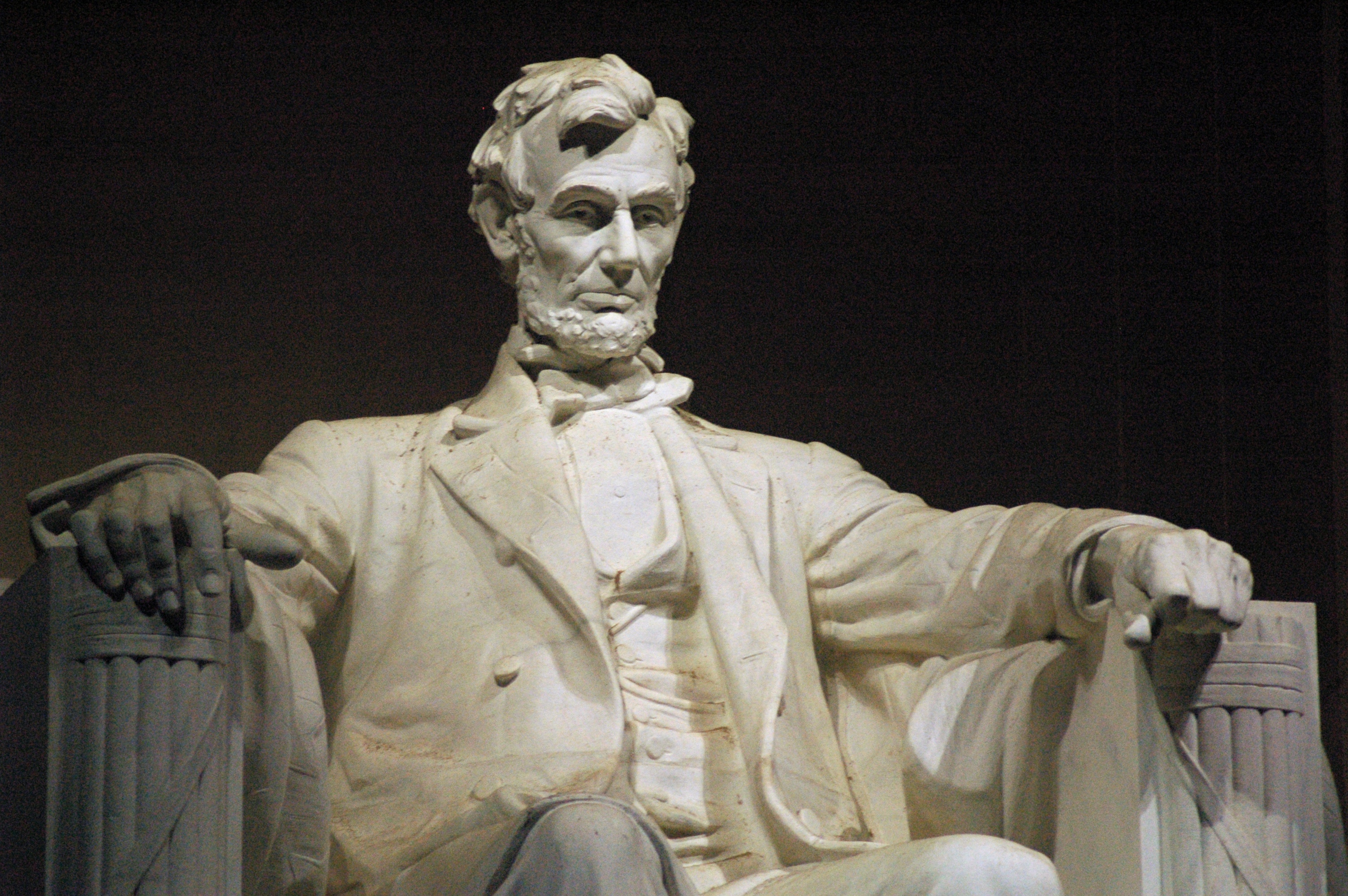
Caveat Inventor
The patent system,” Abraham Lincoln once said, “added the fuel of interest to the fire of genius.” And Lincoln was in a position to know — in 1849, he had patented a device for buoying ships over shoals, an invention he thought might revolutionize shipping on the nation’s inland waterways.
It didn’t. Lincoln’s invention was never manufactured, a fate shared by most tinkerers-turned-patentees. As tens of thousands of would-be Edisons find out each year, patents — which grant inventors the right for 17 years to exclude all others from making, using, or selling their inventions within the United States — may be worth little more than they paper they’re printed on.
If you’ve got the inventive itch and remain undeterred by the high failure rate, the road to a better mouestrap should start with some basic research. Three Patent Office booklets may be helpful: “Q & A About Patents” (free), “General Information Concerning Patents” ($2.25), and “Patents and Inventions — An Information Aid to Inventors” ($1.75). These and other Patent Office publications may be ordered from the Superintendent of Documents, Government Printing Office, Washington, D.C., 20402. You also may obtain them from the Kansas City field office of the U.S. Department of Commerce, 601 East 12th St.. Room 1840.
If this research only whets your inventing appetite, the next step may be hiring a registered patent attorney or agent. For starters, consult either the Yellow Pages or the directory of “Attorneys and Agents Registered to Practice Before the U.S. Patent Office,” available from both sources listed above.
If you need more advice, the most inexpensive — and frequently the best — comes from fellow inventors. One national organization is the American Society of Inventors, which has many local chapters; for information, write: ASI, 134 North Narberth Avebue, Narberth, Pa., 19072.
Before paying any fees, inventors should carefully investigate any individuals, firms, or organizations promising to make patent searches, obtain patents, assess marketability, or arrange for the manufacture, sale, or licensing of their inventions. It’s a good idea to consult the Better Business Bureau of Greater Kansas City for information on specific marketing and promotion firms. These companies should be willing to disclose all potential fees in advance, and you should ask them to provide you with a list of their past clients and the percentage of those who earned more from their inventions as a result of the firm’s services than they paid in fees.
“If your invention is really any good, companies that claim they’re going to help you should not demand money up front,” advises American Society of Inventors president John Liu. “They should say, ‘Look, you have a terrific invention. We will market it for you for a royalty — that is, if we succeed, we’ll take x percent.’ ”
Up until 1907, the Patent Office required many inventors to submit working models with their patent applications. (Abe Lincoln whittled his own 18-inch model from red cedar.) But today’s inventors are more fortunate; that requirement has been abandoned, except for one tiny category. If you’ve come up with some kind of perpetual-motion machine, the examiners at the Patent Office will be waiting for the working model.
Main Story: Patently Inventive
Other Sidebar: A Portfolio of Kansas City Inventors
This article, by Alan Green and Bill Hogan, originally appeared in the December 1981 issue of Kansas City magazine.
